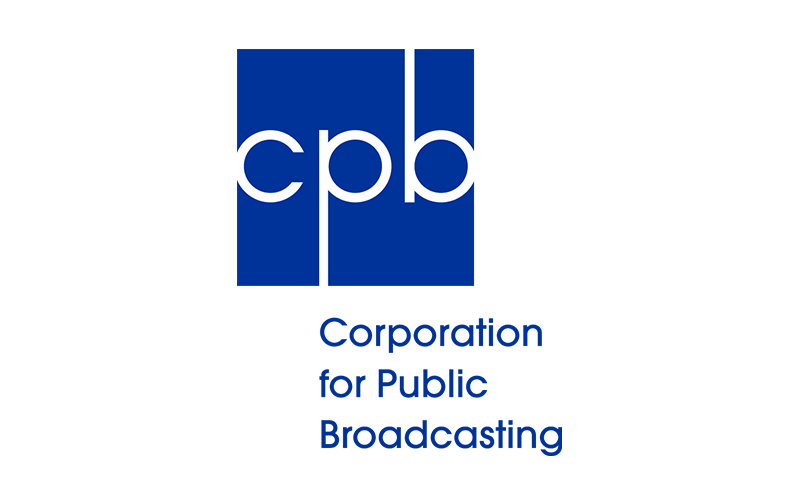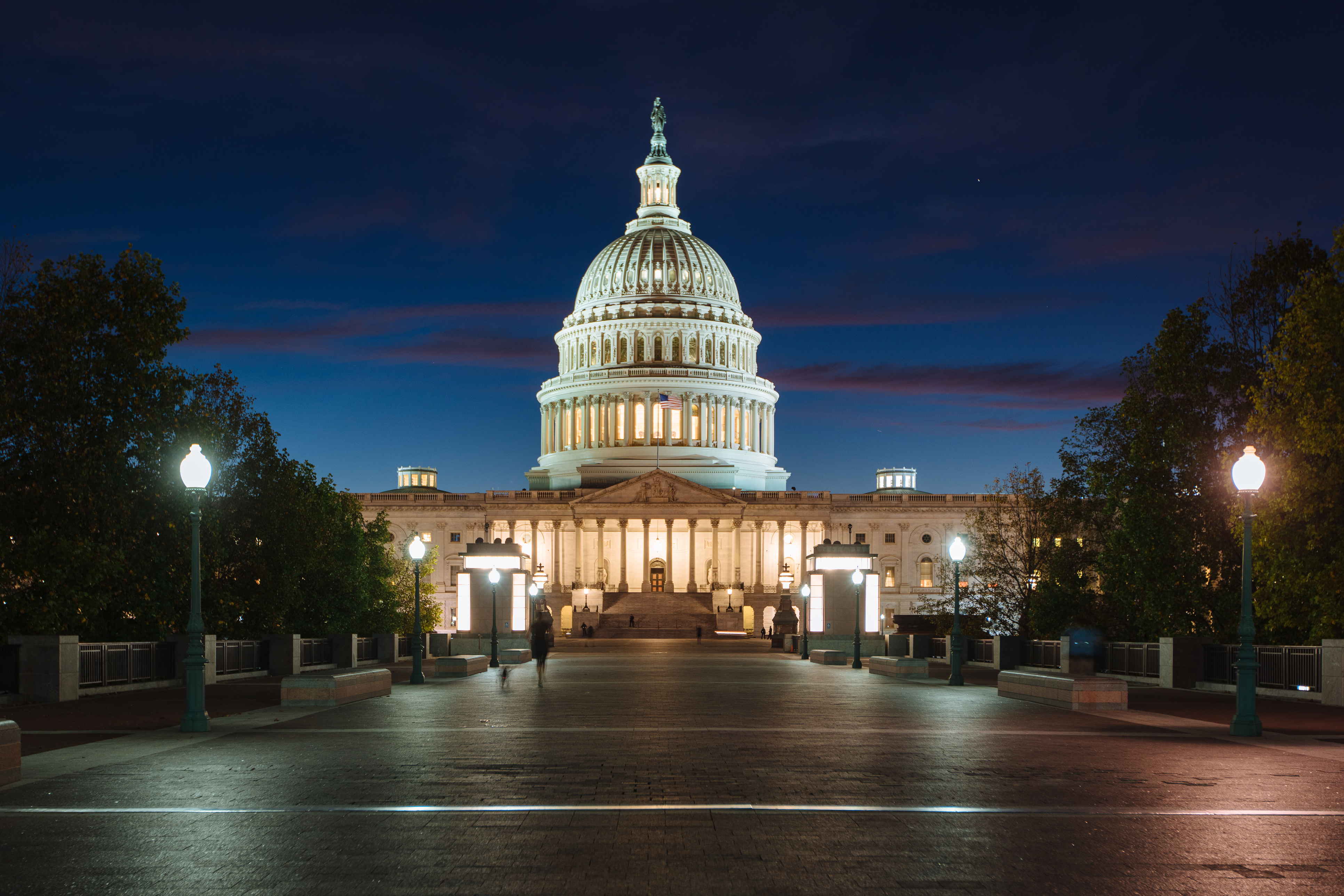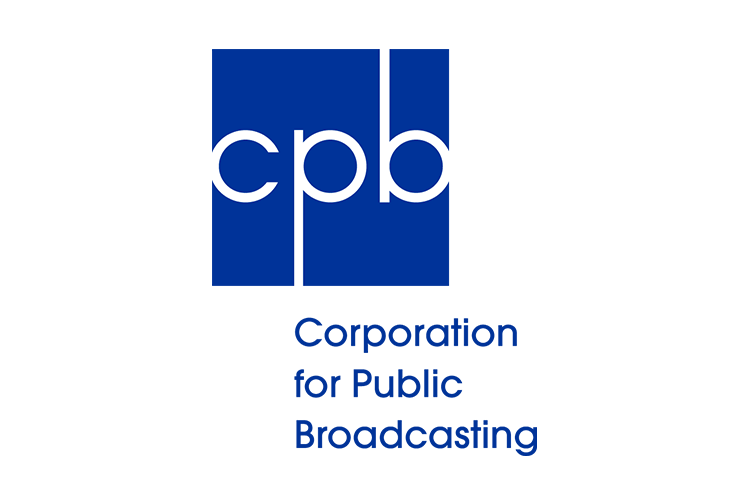CPB expands funding for innovative Urban Alternative format
13 September 2022

The Corporation for Public Broadcasting is expanding its funding of Urban Alternative radio and opened applications for other public radio stations to launch the format.
The Corporation for Public Broadcasting (CPB) has announced another phase to fund three public radio stations with up to $500,000 each for Urban Alternative radio – a locally customised format that blends hip-hop, R&B, and dance genres to connect with young multicultural audiences.
Urban Alternative is a relatively new format. It dates back to 2014 when the Chicago Public Media station adopted the “Urban Alternative” brand. In 2015, through CPB support for research and development, Chicago Public Media transformed its Vocalo online music service into Chicago’s Urban Alternative. The resulting research was then used to create a fresh format that builds on the popularity of urban contemporary music while maintaining public radio’s values.
According to CPB, Urban Alternative was developed by and for “a new generation of public radio listeners; a younger, multicultural cohort that would create its own public media mission and sound.” The innovative format is targeted toward audiences aged 18 to 44 and aims to connect diverse urban audiences through community engagement and music discovery. “Deeply grounded in research, the Urban Alternative combined music and information to meet the needs of young diverse audiences, especially millennials and Generation X,” CPB said.
The format has already been successfully launched in other cities across the United States, from Denver to Milwaukee. Through a first round of CPB funding and support, the Urban Alternative format was customised by Rocky Mountain Public Media (104.7 THE DROP) in Denver; KTSU (The Vibe) in Houston; and WNSB (Hot 91) in Norfolk, Virginia. A second round of funding saw Radio Milwaukee (HYFIN); Minnesota Public Radio’s The Current (Carbon Sound); and most recently WJSU’s The SIPP FM in Jackson, Minnesota joined the fold.
“With CPB support, the Urban Alternative format has attracted a younger, more diverse audience to public radio. CPB is now pleased to support the expansion of this format, in which the stations will be trusted partners with these audiences, guided by their music and information needs and through engagement and events.” – Pat Harrison, CPB President and CEO
The selected stations will also work with a consultant over two and a half years to conduct market research and develop strategies for fundraising, development, and digital and community engagement.
Apply now for the next round of CPB Urban Alternative radio funding. The deadline is 28 October.
What have recent grantees been up to?
All of the previously funded stations have officially launched the Urban Alternative format, with WJSU’s The SIPP FM launching just a few weeks ago on 27 August. Altogether, the three most recent grantees – Radio Milwaukee, Minnesota Public Radio’s The Current, and WJSU – received $1.3 million in grants from CPB.
In Milwaukee, Radio Milwaukee received $450,000 through CPB and planned to add a programme director, community engagement director, production manager, and on-air talent. Its new station HYFIN was launched on Juneteenth (19 June) on WYMS HD-2 channel and on its website. HYFIN is also simulcast on Radio Milwaukee 88.9FM HD1 from 9 p.m. to 3 a.m. seven days a week. The new Urban Alternative station features music programming that is approximately 60% female-identifying artists and 40% male-identifying artists, a stark contrast to most commercial urban stations around the US which play predominantly male artists, Radio Milwaukee said.
Over in Minnesota, Carbon Sound was launched on 16 June as a new music stream, website, and app to be “more than another music source”. CPB awarded $400,000 to Minnesota Public Radio’s The Current station. The Current then collaborated with KMOJ, a community broadcasting station.
@hyfin.mke Introducing HYFIN, a bond between multiple styles of Black music, connecting the culture. Launching in Milwaukee on Juneteenth, 6/19/22. #hyfin #blackmusic #juneteenth #newmusic #radio #milwaukee #publicradio @tarikmoody73 ♬ original sound – HYFIN
The collaboration will build upon existing efforts at both The Current and KMOJ. Speaking to the publication Current, David Safar, managing director of The Current, said the adoption of Urban Alternative will aid in expanding its audience to reach more diverse communities.
“…Carbon Sound is dedicated to celebrating the depth, breadth, and influence of Black musical expression through genres including Hip-Hop, R&B, Afrobeats, Funk, Electronica and more, as well as honouring the foundational role of Black music throughout all genres of music. Music touches everyone and Carbon Sound is a sonic expression of how Black artistry and culture touches all music.”
The collaboration would also raise KMOJ’s profile and enable it to adopt the Urban Alternative format. While the community radio station was interested in Urban Alternative when the first CPB funding round was announced, KMOJ was “grossly underfunded” and unable to participate.
Meanwhile in Mississippi, WJSU received $450,000 from CPB and launched The SIPP FM. Its mission? “To spotlight local, independent and national artists while providing a critical connection to the community and an engaging opportunity for the next generation of broadcasters.”
WSJU is licensed to Jackson State University, a historically Black university. Prior to the launch of The SIPP FM, WSJU aired jazz and NPR news. WJSU will continue its commitment and service of Jazz, information, and news to the Jackson metropolitan area but will bring public media to younger and more ethnically diverse audiences through streaming. Southern Laced reported. The SIPP FM focuses on community and culture and highlights urban music from around the US and Mississippi artists.
Whether you are in the Jack, in Memphis or Nigeria, you can stream The Sipp FM anytime, anywhere!
Visit https://t.co/JrdDVKgrtk for your weekend soundtrack. #TheSippFM #WJSU #JSU #Mississippi #JxnMississippi #JacksonMississippi #UrbanAlternative #Rap #HipHop #RnB #NeoSoul pic.twitter.com/3V2tWtQ1U4
— The Sipp FM (@thesippfm) September 10, 2022
About CPB
The Corporation for Public Broadcasting (CPB) is a private, nonprofit corporation and a member of the Public Media Alliance. CPB is the steward of the federal government’s investment in US public broadcasting. It helps support the operations of more than 1,500 locally managed and operated public television and radio stations nationwide. CPB is also the largest single source of funding for research, technology and program development for public radio, television, and related online services.
Related Posts
23rd July 2021
PMA welcomes $565m funding recommendation for CPB
Approval could lead to a 27% jump in…
16th April 2021
CPB Announces Distribution Plan for American Rescue Plan Act Funds
The Corporation for Public Broadcasting…

